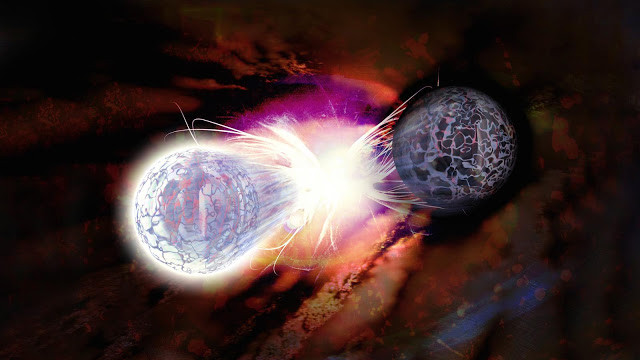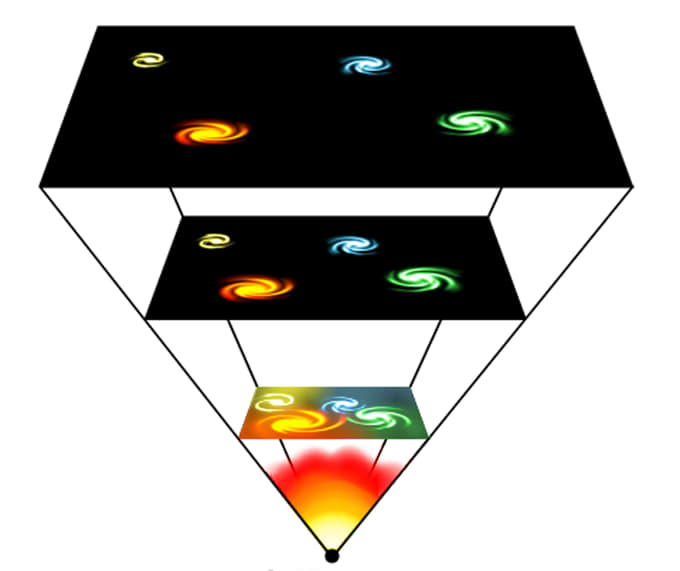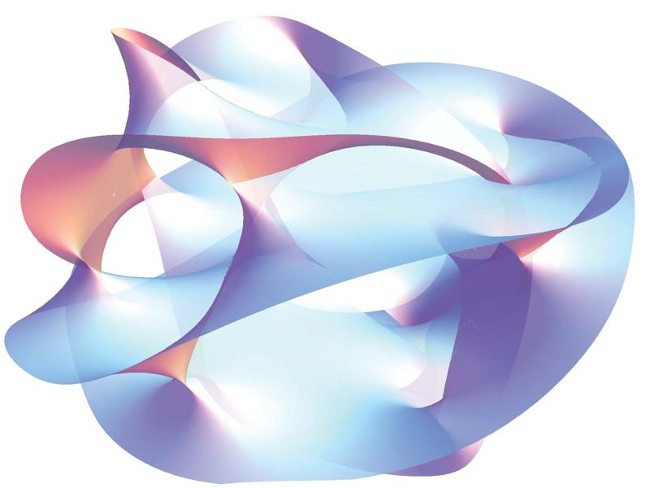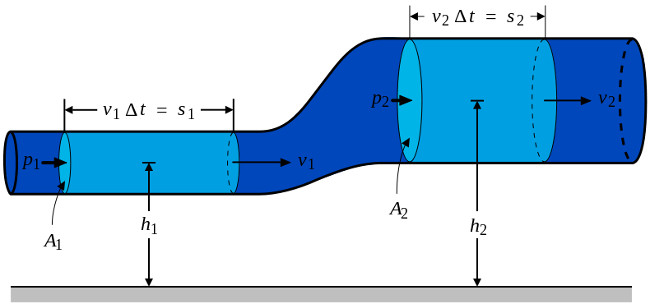The 9 biggest mysteries of modern physics make scientists headaches (Part 2)
In the previous section, we learned of 4 of the 9 biggest mysteries of modern physics: dark energy, dark matter, and dimension of time, parallel universes. In this next section, we will learn more about some other mysteries.
- The 9 biggest mysteries of modern physics make scientists headaches (Part 1)
5. Material and antimatter
Why does matter and antimatter exist in the universe, with opposite charges and spin, why are there so many matter compared to antimatter? If the universe has a symmetrical balance between the two types, at the time of the Big Bang, equal amounts of matter and antimatter must be produced.

But if that really happens, they will quickly annihilate each other: electrons annihilate electrons (positrons), protons annihilate antiprotons . Finally, the universe will only have photons of light left over. There is material.
For some reason, so far scientists have not been able to explain, there are many materials that have not been annihilated and created the universe as it is today.
In August 2015, scientists turned into the most detailed experiment and came to the conclusion that matter and antimatter are like mirror images of each other's mirrors, but cannot explain why matter. substances in the universe are much more popular.
6. The end of the universe
The end of the universe depends on an unknown value: a measure of the density of matter and energy of the whole universe, denoted by Ω.
If Ω is greater than 1, spacetime will "close" like the surface of a giant sphere. If the universe is closed but still has dark energy, then the cosmic sphere will expand forever. Conversely, if dark energy does not exist, the universe will stop expanding, starting to shrink gradually, becoming hotter and denser, eventually collapsing. This scenario is called "Big Crunch", the beginning of a big explosion - Big Bang.

Big Bang - Big Bang.
If Ω is less than 1, the geometry of the space will "open" like the surface of a saddle. Meanwhile, the universe will end with a "big freeze - Big Freeze", the aftermath of the "Big Rip": first, the outer space acceleration causes galaxies and stars to split. Far away from each other, leaving cold matter. Then, the acceleration continues to rise to a level strong enough to overcome the binding forces that hold atoms together, every molecule in the universe will be shredded into fundamental particles.

Simulate the end of the universe.(Photo: Shutterstock)
If Ω is equal to 1, the universe will be "flat" and expand in all directions. Without dark energy, the universe will expand with decreasing speed, and eventually stop. If there is dark energy, the flat universe will expand and at some point will have to undergo "big tearing".
In summary, according to the astrophysicist Paul Sutter in December 2015, the universe is dying.
Quantum mechanics is the law in the strange world of electrons, photons and other elementary particles. They manifest unlike seeds but like waves radiating everywhere.

Micro particles express like waves.(Photo: John D. Norton)
Each particle is characterized by a wave function, or more accurately, a probability distribution, showing how information about position, velocity and other properties, but not exactly those properties . Such properties of each particle will have a range of values, until a measurement is made, the wave function of the particle will "collapse" to give a unique value.
But how and why conducting measurements causes the wave function to collapse, creating a specific reality that we observe is still a mystery.
7. Is string theory correct?
When physicists hypothesize that all elementary particles are essentially one-way loops, or "strings", each wire vibrates at a different frequency, physics becomes much easier to understand.
String theory allows to resolve the conflict between general relativity and quantum mechanics, maybe even to unify the four basic forces of nature as one: gravitation, electromagnetism, strong interaction, weak interaction .

Calabi-Yau manifolds in string theory.(Photos: Creative Commons | Lunch)
However, string theory is only true if the space has 10 or 11 dimensions in it: 3 dimensions of wide space, 6 or 7 dimensions of narrow space and 1 dimension of time. Narrow dimensions, like vibrating strings, are about one-billionth of a trillionth of the size of an atomic nucleus (atomic nuclei of size within the limit by the radius 10−15 m). Currently, we have no way of detecting such a small thing so we cannot use experiments to validate or reject string theory.
9. Is there order in chaos?
Physicists cannot accurately interpret the Navier-Stokes equation system that describes the expression of liquids, from water to air and other liquids and gases. If it is solved, does it describe the expression of the liquid anywhere, or does it include "singularities"?
 Navier – Stokes equations
Navier – Stokes equations
So, the chaos of nature is not well understood. Scientists wonder, we can't or can't predict the weather? Math cannot describe disturbances, or will all be answered if using the right calculation method?
- It turns out this is how the galaxy Milky Way formed 13.5 billion years ago
- 14 interesting facts about the universe amaze you
You should read it
- The 9 biggest mysteries of modern physics make scientists headaches (Part 1)
- 9 amazing facts about the universe amaze you
- Scientists conclude that the universe should have been wiped out since its formation
- The largest-ever explosion in the universe created a giant hot-air sphere that could hold 15 Milky Way galaxies
- Dark matter, dark energy and unexplored mysteries
- Scientists have finally discovered the mystery of dark matter in the universe
- New research confirms: The mystery of 'dark energy' may not exist
- After all the mysterious material that occupies more than half of the universe hidden for billions of years has been discovered
- Elements of the universe
- Astronomers create the most accurate map of all matter in the universe
- Stephen Hawking and 32 leading physicists signed a letter to protect the doctrine of the origin of the universe
- 4 cosmic phenomena have the speed of traveling through the speed of light
May be interested

Crazy idea: Create an atmosphere for Mars

How terrible is the rocket that will bring people to Mars?

Science test: Potatoes can be grown on Mars

Learn about extraterrestrial super-Earth - Gliese 581c

Why NASA never wants to send people to Venus

Will there be unmanned aircraft approaching the Mars atmosphere in the future?






 The 9 biggest mysteries of modern physics make scientists headaches (Part 1)
The 9 biggest mysteries of modern physics make scientists headaches (Part 1) The top 6 biggest mysteries yet to be deciphered by the ancient world
The top 6 biggest mysteries yet to be deciphered by the ancient world 12 ways to treat headaches immediately without using drugs
12 ways to treat headaches immediately without using drugs 8 causes of headaches in the morning
8 causes of headaches in the morning The mystery of the ancient Egyptian helicopter, the disappearance of the Nazca civilization ... finally has a solution
The mystery of the ancient Egyptian helicopter, the disappearance of the Nazca civilization ... finally has a solution 9 new scientific mysteries that have not been solved make it difficult for scientists
9 new scientific mysteries that have not been solved make it difficult for scientists